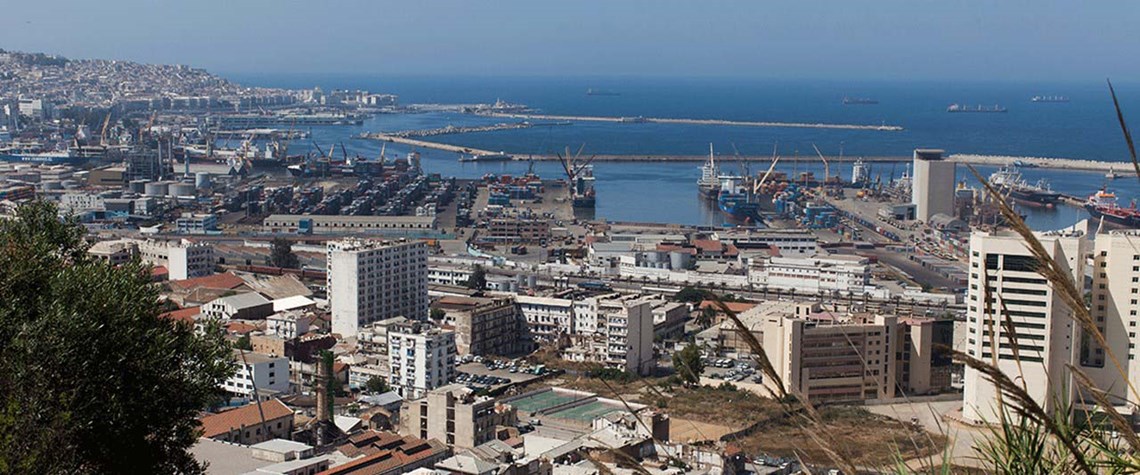Arab oil states: the devil’s in Opec’s data
The group's latest figures show Gulf oil states' earnings have plummeted, while the region's population keeps rising
The urgent need for Arab oil producers to introduce economic reforms that lead to financial savings and new jobs is clearly shown in Opec's 2017 Annual Statistical Bulletin. Between 2012 and 2016 the populations of the seven states (Algeria, Iraq, Kuwait, Libya, Qatar, Saudi Arabia and the United Arab Emirates) grew by 10% (see table). Yet the ability of these states to cope with the continuing rise in the number of inhabitants has declined because over the same period revenue from exports fell by 45% (see graph). The biggest population increase—a rise of 3.676m—was in Iraq, where the public purse is already being hit by low oil prices, expenditure on the war against Islamic State (IS) and t

Also in this section
25 April 2024
Some companies with assets in Israel have turned towards Egypt as tensions escalate, but others are holding firm despite rising tensions
24 April 2024
But even planned exploration activity is unlikely to reverse declining output from mature fields
23 April 2024
Cheaper Russian barrels and lower overall crude prices have helped cut key oil consumer’s import bills in election year
22 April 2024
Pursuing three different goals as part of the same package may mean achieving none of them







